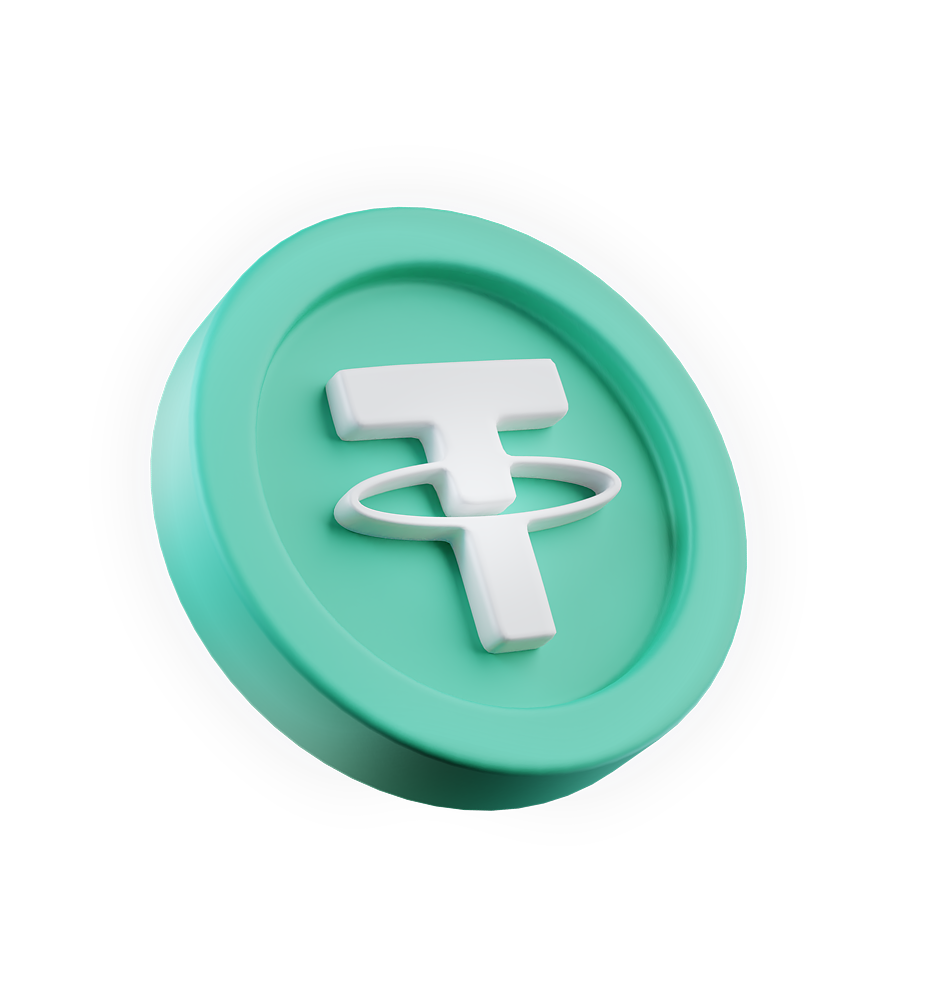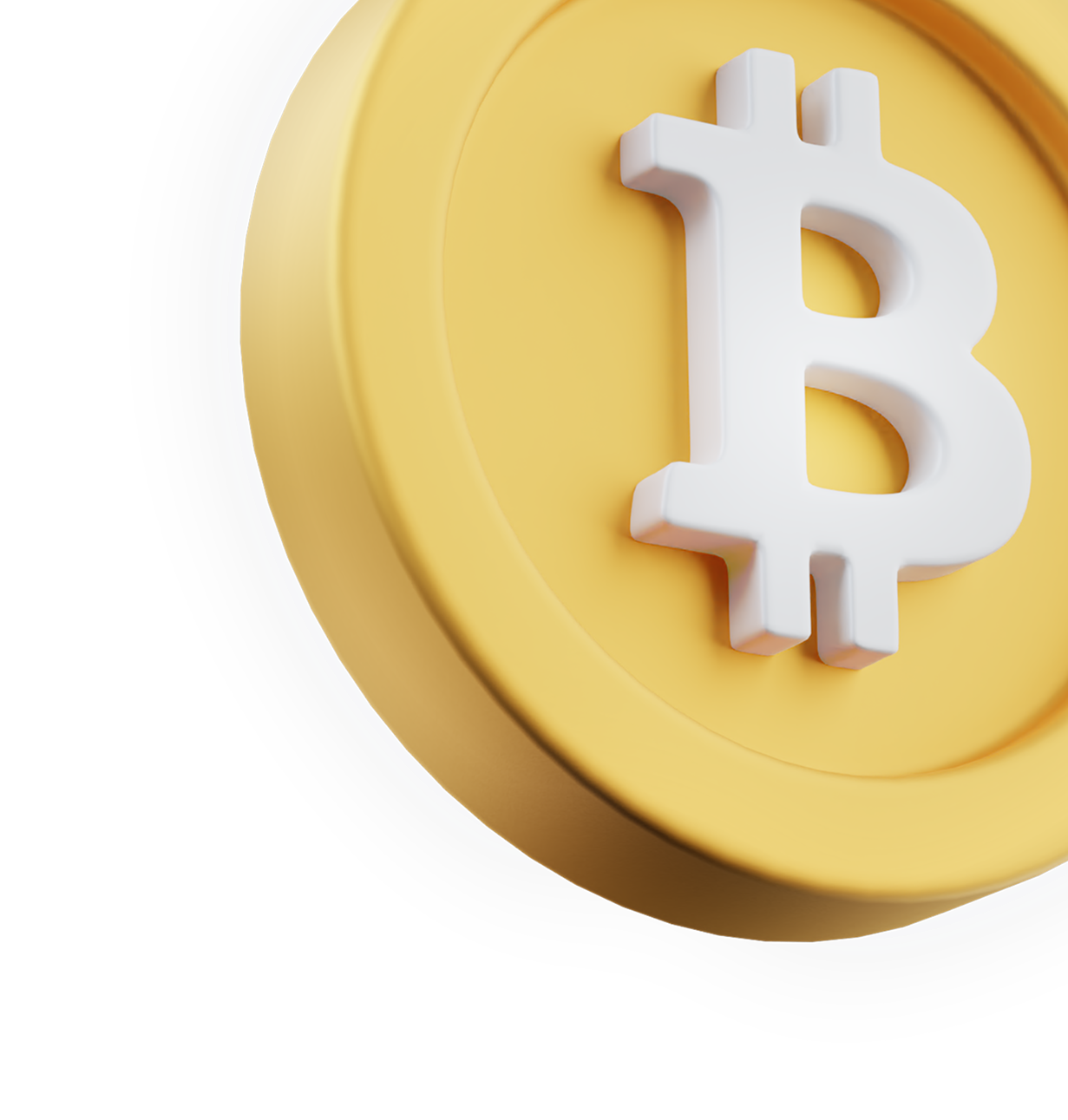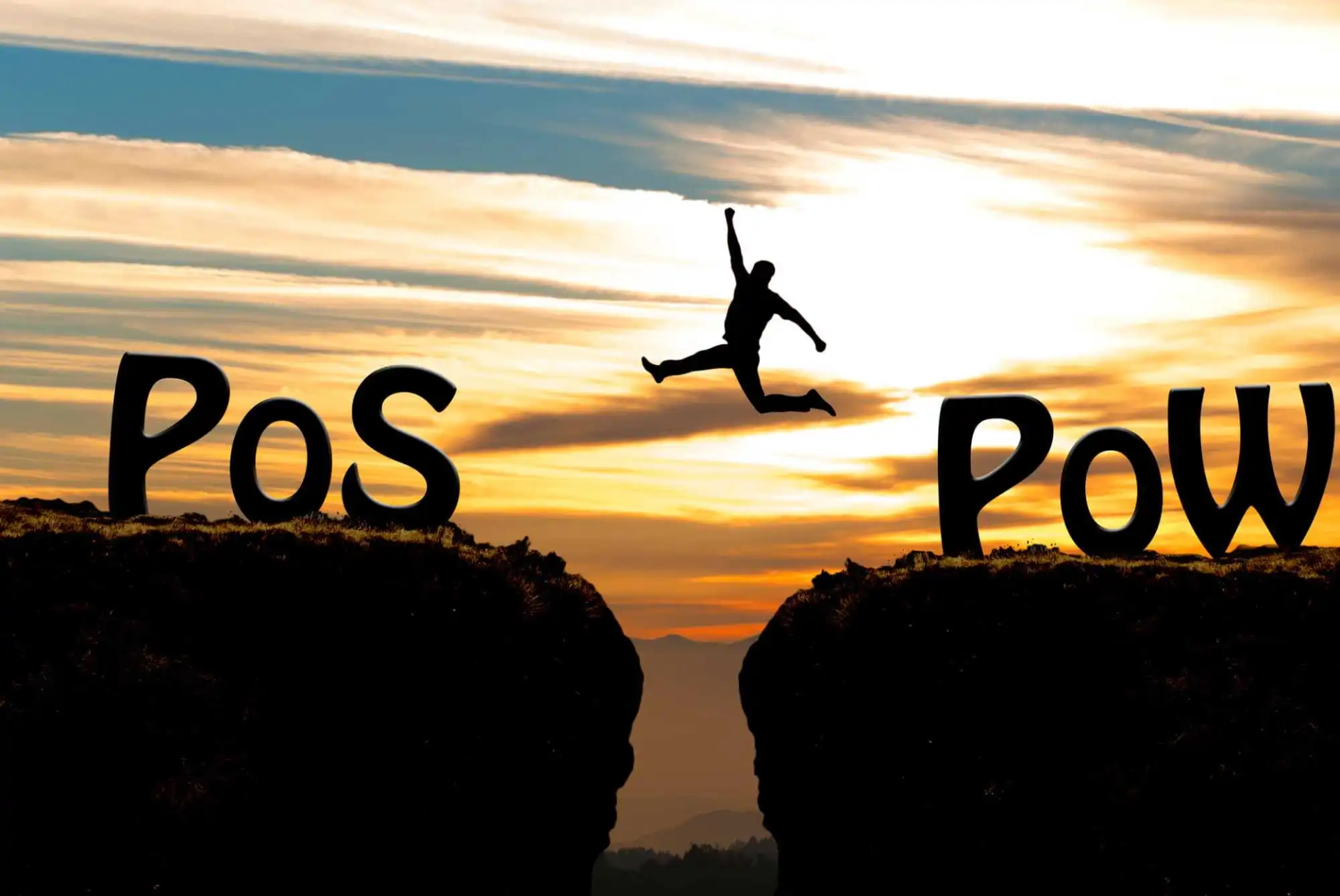When Satoshi Nakamoto created Bitcoin in 2009, he, she, or they — no one really knows who Satoshi Nakamoto is — launched blockchain technology into an unsuspecting world. Although the technology confused many people at the time (and still does, to be honest), blockchains have grown dramatically in their scope and functionality since then.
From their origin as a financial tool, blockchains are now serving as the technological foundation for any number of applications, from healthcare to logistics. Along with the increased security and transparency offered by blockchains, the ease with which new applications can be developed has also profoundly increased, thanks to the proliferation of blockchain platforms.
Before we venture into the various platforms out there, let’s take a brief look at exactly what these platforms do.
Blockchain Platforms for the Uninitiated
At its most fundamental level, a blockchain is just a distributed ledger, a copy of which is kept by everyone involved. With each ‘block’ being a collection of data — most commonly transaction data — once the data storage in a block is full, a new block is created and linked to the previous one, hence the chain.
Due to their decentralized nature — everyone holding a copy of the ledger — blockchains are incredibly difficult to forge or manipulate as every single copy would need to be hacked in order to do so. Voila — high security.
Creating blockchains from scratch, however, can be a complicated and lengthy process. As a result, a number of blockchain platforms have arisen that offer the basic building blocks of the technology that can be tailored and built upon to meet different demands.
With that in mind, let’s take a look at the top platforms you could choose from to create your world-changing blockchain application.
Straight in at #1, perhaps unsurprisingly, is…
Ethereum
With Ethereum having been developed by Vitalk Buterin in 2013, it’s one of the oldest and most established blockchain platforms out there. An open-source blockchain platform powered by a Proof-of-work algorithm, Ethereum currently has more than 460,000 token holders and serves as the basis for a huge number of high-profile blockchain applications including USD Coin, Tether, BAT, and Chainlink.
With the platform’s huge exposure in the crypto market, it’s become the go-to blockchain platform for blockchain developers. That said, it’s not without its weaknesses. As an open-source platform, it’s relatively slow when it comes to processing transactions (a characteristic common to open-source platforms that’s worth bearing in mind) — and Ethereum’s transaction fees are definitely on the high side. However, with Ethereum 2.0 set to solve these issues, Ethereum is still the blockchain platform to look at first.
Binance Smart Chain
The Binance Smart Chain (BSC) blockchain platform was launched in 2020 as an entirely separate upgrade to its previous incarnation, Binance Chain (BC). Although BC is fast, it lacks smart contract capabilities and can be hard to program. Binance could have just incorporated smart contact tech into the original platform. However, they didn’t want to compromise the platform’s speed. Instead, they launched BSC, which works in parallel with BC and emulates the functionality of dApp platforms like Ethereum and Tron (we’ll get to Tron later).
What separates BSC from Ethereum, however, is that BSC utilizes a Proof-of-Stake mechanism as opposed to Proof-of-Work, which results in generally faster transaction speeds and lower costs.
Polkadot
The Polkadot platform has made a name for itself by offering functionalities that no other platforms, including Ethereum, provide. Allowing unrelated blockchains to efficiently share data without the need for a third party, the Polkadot is one of the more innovative platforms in the blockchain space.
Able to process over 1,000 transactions per second, it’s also one of the fastest, thanks to its parachain technology. A system that uses multiple parallel blockchains (parachains) to divert the burden of processing away from the main chain, the ever-increasing number of parachains in the Polkadot network means that it’s only a matter of time before it reaches speeds of one million transactions a second.
If speed and stability are going to be central to your blockchain app, then Polkadot may well be the way forward for you.
Tron
Perhaps the best choice for content creators, Tron is a blockchain-based operating system. Flexible and fast — up to 2,000 transactions a second — the platform was specifically created to allow developers and content creators to actually earn money from all their hard work. Normally, the big tech companies step in and take a huge slice of a creator’s profits. However, Tron is designed in such a way that all data on the platform is open and under no central control.
As a result, Tron is one of the fastest-growing platforms in the blockchain space. Offering high scalability and multi-language functionality, Tron provides a huge scope when it comes to building apps and exchanging digital assets like NFTs. With its native token, TRX, considered one of the most viable investments in the crypto arena, Tron is most definitely worth a look.
IBM Blockchain
A little more corporate-minded but no less attractive for it, IBM Blockchain is a private network that has proven to be a popular choice among more mainstream developers. Particularly well-suited to financial services, banking, and supply chain management, IBM has spent a lot of time and energy creating a set of user-friendly blockchain tools that make everything from the setting up of the network to the testing and deployment of smart contracts a remarkably simple process.
While IBM Blockchain may be at the conservative end of the blockchain spectrum, its functionality, ease of use, and ability to integrate seamlessly with legacy technologies make it a powerful development tool for businesses and enterprise clients.
Ripple
A blockchain platform aimed squarely at the financial sector, Ripple is a digital payment platform that allows the efficient transfer of multiple currencies — whether they be crypto or traditional — via the platform’s native XRP token. A notable energy-efficient platform, Ripple offers low transaction costs and high speed along with its environmentally friendly construction.
Via Ripple, financial organizations of all kinds, from banks to digital asset exchanges, can connect to the open-source blockchain and offer free, instant financial services. With the blockchain's ability to process payments in less than three seconds, Ripple’s peer-to-peer technology is at the heart of an increasing number of financial apps.
Solana
While Solana may not be the name on the tip of everyone’s tongue in the wider population, it probably should be. Certainly, within the crypto industry, it’s one of the hottest blockchain properties. With its SOL token currently the fifth largest in terms of market capitalization, the excitement around the platform stems from its sheer speed. While Bitcoin can manage around seven transactions a second and Ethereum around thirty, Solana can handle a colossal 65,000 transactions a second.
And the platform isn’t just fast. It’s cheap to run too, with costs of less than $0.01 per transaction. When you couple this with the fact that the Solana team is committed to keeping the platform censorship-free, you have a super-fast, cost-effective blockchain that will remain open and free to developers for as long as the chain is in existence. Impressive stuff.
Cardano
Cardano stands out as a research-driven blockchain platform, founded by Ethereum co-founder Charles Hoskinson and launched in 2017. It distinguishes itself through a commitment to peer-reviewed scientific research as the basis for its updates and improvements, making it one of the most secure and sustainable platforms in the industry. Cardano uses a unique Proof-of-Stake (PoS) mechanism called Ouroboros, designed to reduce energy consumption significantly compared to traditional Proof-of-Work (PoW) systems.
With a strong focus on scalability, interoperability, and sustainability, Cardano aims to provide a balanced and effective blockchain platform for the development of dApps and smart contracts, making it particularly appealing for projects with a long-term vision.
To learn more, check out Caradno vs. Polkadot.
Algorand
Algorand is a self-styled pure proof-of-stake blockchain founded by cryptography pioneer Silvio Micali. It was launched with the aim of achieving high throughput and instant finality while maintaining decentralization and security. Algorand addresses the blockchain trilemma by offering a solution that is scalable, secure, and decentralized without compromising on any front. Its consensus mechanism allows for the processing of thousands of transactions per second, positioning it as a strong contender for building financial applications and services that require rapid transaction processing and immediate finality.
Tezos
Tezos is another blockchain platform that adopts a unique approach to governance and updates. Launched in 2018 after a highly successful initial coin offering (ICO), Tezos features a self-amending cryptographic ledger, enabling the network to upgrade itself over time without the need for hard forks. This approach to on-chain governance allows stakeholders to vote on amendments to the protocol, including changes to the consensus algorithm itself, making Tezos a highly flexible and adaptive platform.
With its Proof-of-Stake consensus mechanism, Tezos is designed to facilitate the creation of smart contracts and decentralized applications (dApps), promoting a secure and energy-efficient environment for developers.
Avalanche
Avalanche is a newer entrant to the blockchain platform space, quickly gaining attention for its blazing-fast transaction speeds and low fees. Launched in 2020, Avalanche utilizes a novel consensus mechanism that enables the network to achieve transaction finality in under a second. It's designed to support a vast array of blockchain applications, from decentralized finance (DeFi) to enterprise solutions, without sacrificing scalability, security, or decentralization.
One of Avalanche's standout features is its ability to create custom blockchain networks with their own rules and governance models, offering unprecedented flexibility for developers looking to build innovative applications.
Cosmos
Cosmos, self-described as the Internet of Blockchains, is a pioneering platform that emphasizes interoperability and scalability. Launched in 2019, Cosmos aims to solve some of the most persistent problems in the blockchain industry by enabling different blockchains to communicate and share data with each other seamlessly. Its architecture is built around the Tendermint consensus, a Proof-of-Stake (PoS) algorithm that facilitates high-performance, secure, and consistent cross-chain transactions.
Cosmos' unique approach allows for the creation of interconnected blockchain ecosystems, making it possible for developers to build applications that operate across multiple blockchains. This vision of creating an interoperable network of blockchains supports a wide range of use cases and could significantly enhance the functionality and reach of decentralized applications.
Some Issues to Consider
When venturing into the blockchain space, there are some fundamental features you’re going to need to consider before you commit to a platform.
Public vs. Private Blockchains
- Public blockchains are decentralized and offer high security, making them difficult for hackers to breach. However, this decentralization can result in slower transaction speeds.
- Private blockchains can validate transactions more quickly due to having fewer users and a more centralized structure. This speed and scalability come at the cost of increased security risks, as the centralized nature is more susceptible to attacks.
Consensus Mechanisms: Proof of Work vs, Proof of Stake
- Proof of Work (PoW): This well-known verification method requires miners to perform extensive computational work, consuming a significant amount of energy. Despite this, PoW is praised for its fairness, which is attributed to the randomness of the SHA-256 hash function.
- Proof of Stake (PoS): As an energy-efficient alternative to PoW, PoS allows token holders to stake their tokens for a chance to validate transactions. This system can centralize control to token owners, potentially increasing vulnerability to certain attacks due to the more centralized control structure.
There’s a lot to think about, that’s for sure — and we hope we’ve helped in some small way. Either way, we wish you luck with your blockchain project and look forward to reading about your phenomenal success in the not-too-distant future.
Frequently Asked Questions About Blockchain Platforms
What is blockchain technology?
Blockchain is a decentralized digital ledger technology that records transactions across multiple computers in a way that makes them tamper-resistant and transparent. Each block in the chain contains a cryptographic hash of the previous block, creating a secure and immutable record of data.
How do blockchain platforms differ from one another?
Blockchain platforms vary in terms of their consensus mechanisms, scalability, crypto transaction speeds, programming languages supported, governance models, and use cases. Understanding these differences is crucial for developers and businesses when selecting the right platform for their specific needs.
How does blockchain ensure security?
Blockchain ensures security through its decentralized and immutable nature. Transactions are recorded and verified by multiple participants in the network, making it extremely difficult for any single entity to alter the data without consensus from the majority of the network.
What is the difference between public and private blockchains?
Public blockchains are open and permissionless networks where anyone can participate, view, and validate transactions. Private blockchains, on the other hand, are permissioned networks with restricted access, typically controlled by a central entity or consortium.
What are the advantages of blockchain technology?
Some advantages of blockchain technology include decentralization, transparency, immutability, enhanced security, reduced transaction costs, increased efficiency, and elimination of intermediaries in various processes.
What are the limitations of blockchain technology?
Despite its many benefits, blockchain technology faces limitations such as scalability issues, energy consumption (especially with Proof of Work consensus), regulatory uncertainty, lack of interoperability between different blockchains, and potential privacy concerns.
Can blockchain be used for purposes other than cryptocurrencies?
Yes, blockchain platforms have applications beyond cryptocurrencies, including supply chain management, voting systems, identity verification, healthcare record-keeping, intellectual property protection, and decentralized finance (DeFi).
What is the future of blockchain platforms?
The future of blockchain technology holds immense potential for innovation and disruption across various industries. As the technology matures and scalability issues are addressed, we can expect to see widespread adoption of blockchain-based solutions, driving efficiencies, transparency, and decentralization in many aspects of our lives.
What factors should I consider when selecting a blockchain platform for my project?
When choosing a blockchain platform, factors to consider include scalability, transaction fees, consensus mechanism, governance model, developer community support, security features, interoperability, and alignment with the project's goals and requirements.
What are the key components of a blockchain network?
A blockchain network consists of nodes (computers) connected via a peer-to-peer network, a consensus mechanism for validating transactions, cryptographic hashing for securing data, and a protocol governing how nodes communicate and agree on the state of the ledger.








